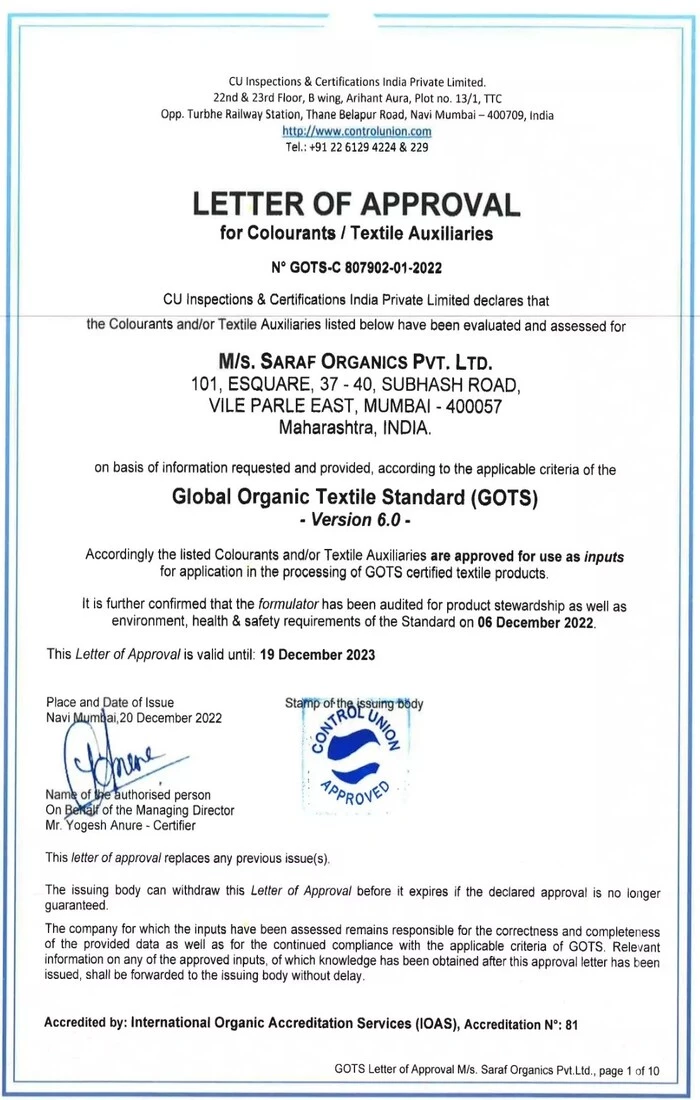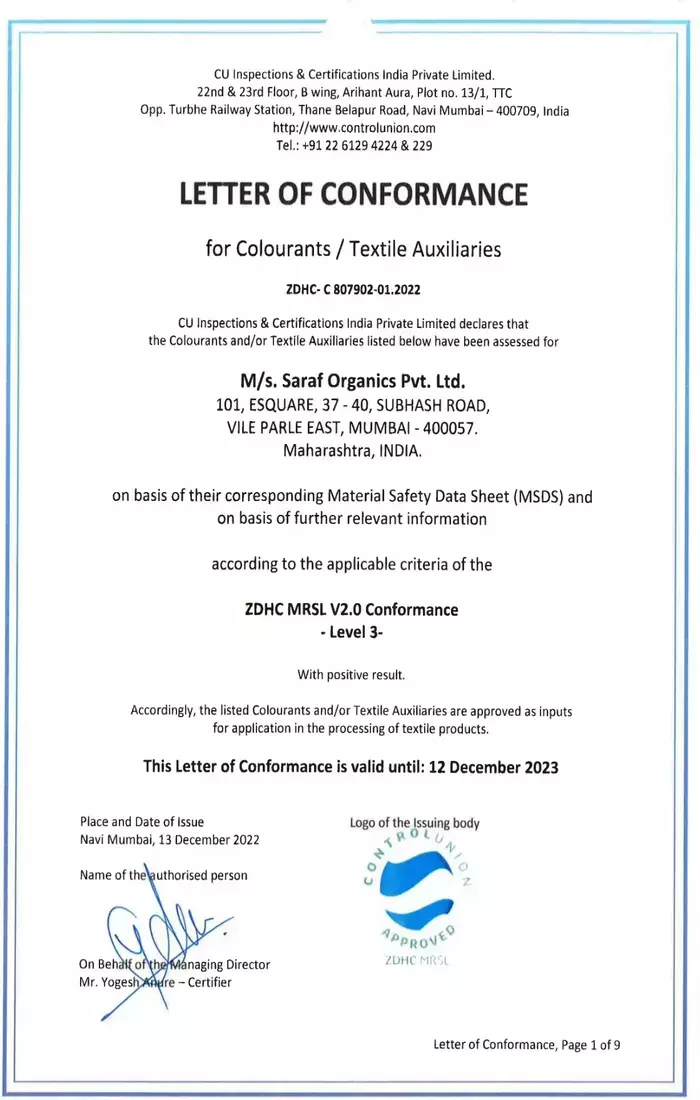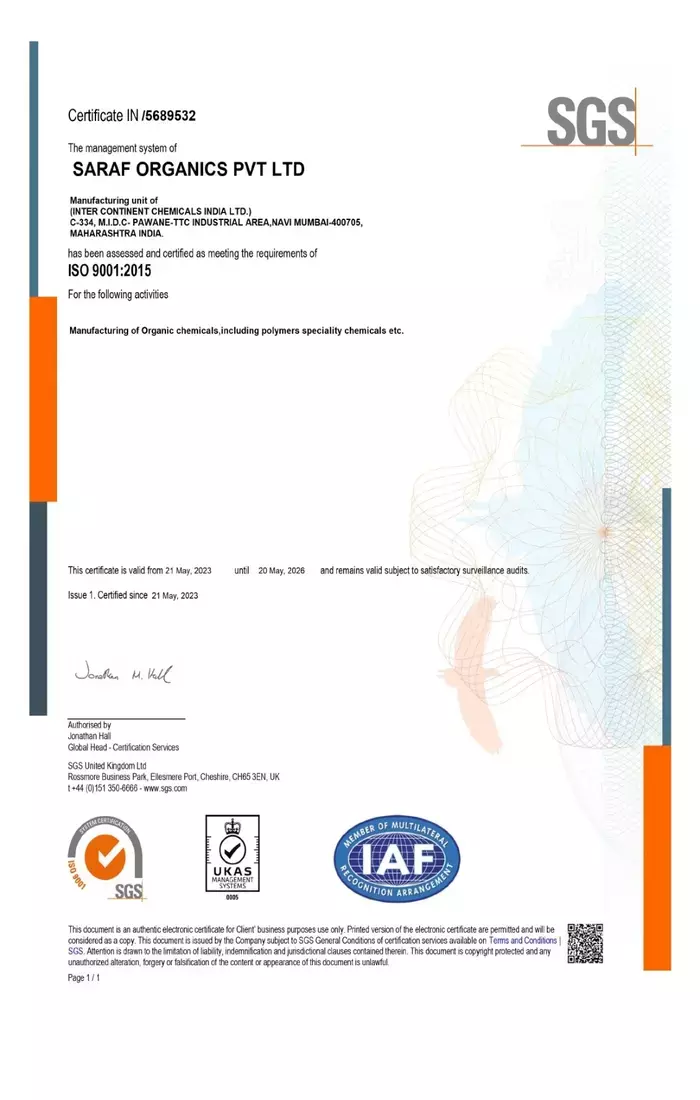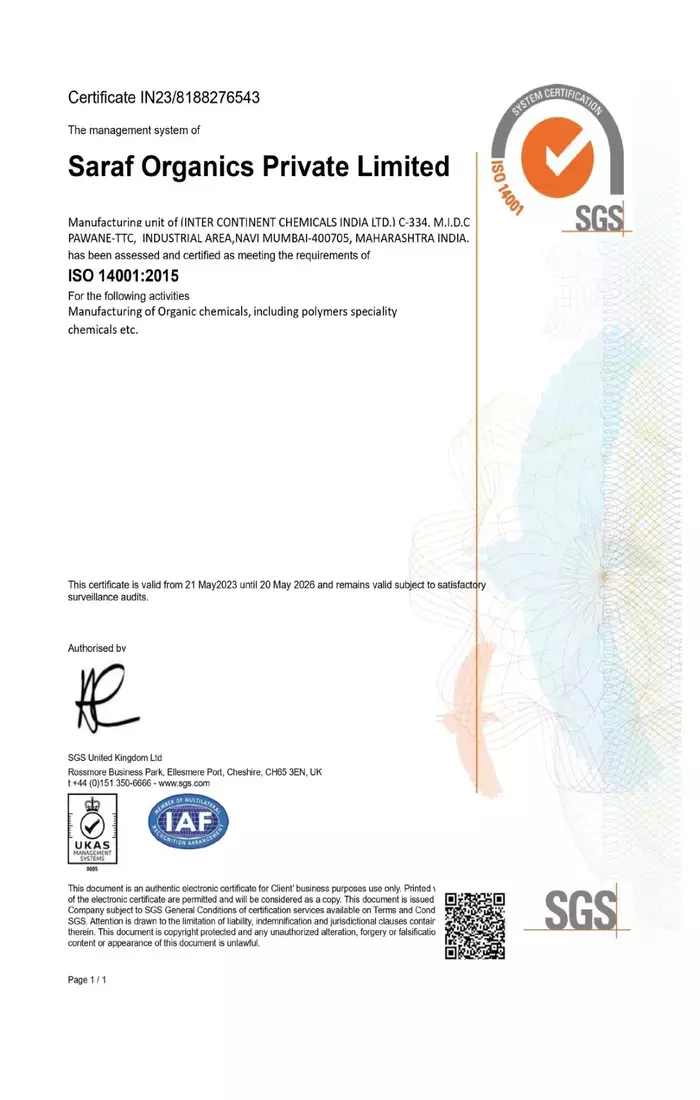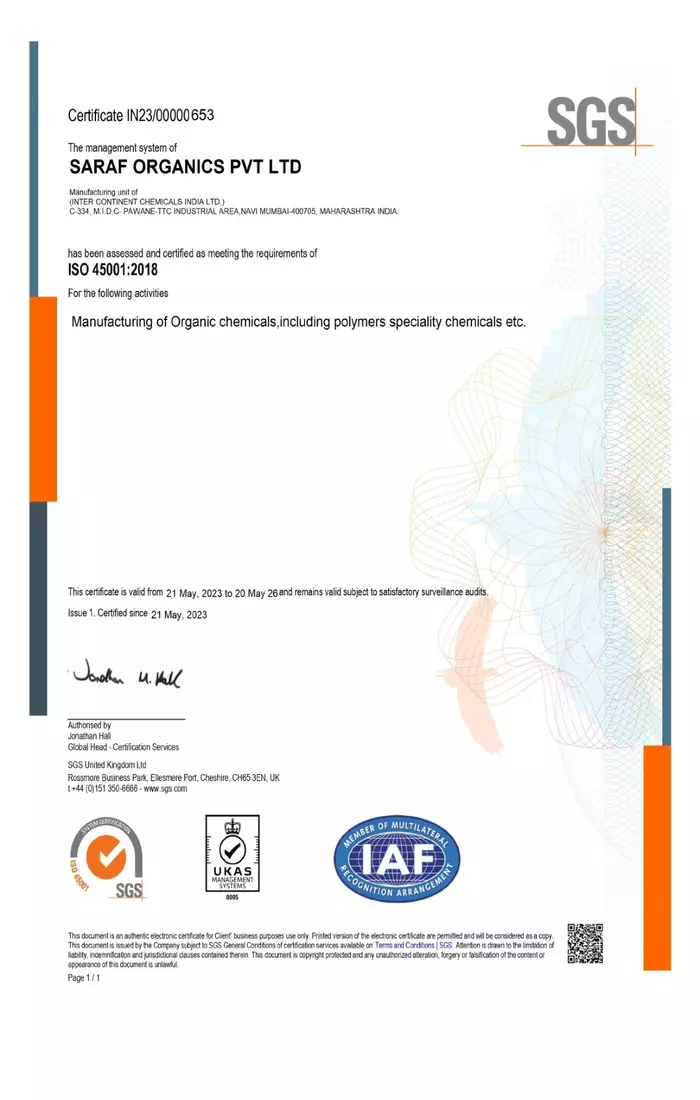
Dyeing Agents
Function:
Dyestuffs are colorants that provide the desired color to textiles. They can be classified into various types,such as direct dyes, reactive dyes, disperse dyes, acid dyes, and others, based on their chemical properties and affinity for different fibers.
Examples:
Reactive dyes for cotton, acid dyes for wool, disperse dyes for polyester.
Function:
Fixing agents or mordants are used to improve the fastness of dyes by enhancing their adherence to the textile material.
Examples:
Metallic mordants, such as aluminum sulfate and chrome mordants.
Function:
Leveling agents ensure an even distribution of dye on the fabric, preventing uneven coloration.
Examples:
Leveling agents like acetic acid, sodium acetate, and leveling agents specific to certain dye types.
Function:
Used in processes like vat dyeing, reducing agents help convert water-insoluble dyes into a soluble form for application to the fabric.
Examples:
Sodium hydrosulfite, sodium bisulfite.
Function:
Dispersing agents improve the dispersion of dye particles in the dye bath, preventing agglomeration and ensuring uniform coloration.
Examples:
Sodium hexametaphosphate, sodium lignosulfonate.
Function:
Thickening agents are used in printing and other dyeing methods to control the viscosity of the dye paste,allowing for precise application.
Examples:
Modified starches, alginate, carboxymethyl cellulose(CMC).
Function:
Antifoaming agents control foam formation during the dyeing process, preventing issues such as uneven dyeing.
Examples:
Silicone-based antifoaming agents.
Function:
pH regulators help maintain the optimal pH level for dyeing, ensuring the stability and effectiveness of the dye bath.
Examples:
Acetic acid, sodium carbonate.
Function:
Sequestering agents control metal ions in the dye bath,preventing their interference with the dyeing process.
Examples:
EDTA (ethylene diamine tetraacetic acid), DTPA(diethylenetriaminepentaacetic acid).


